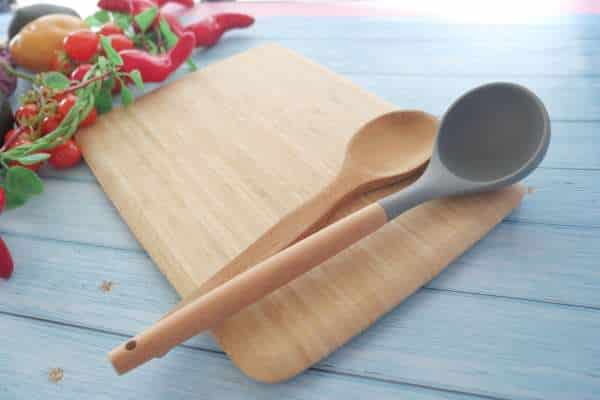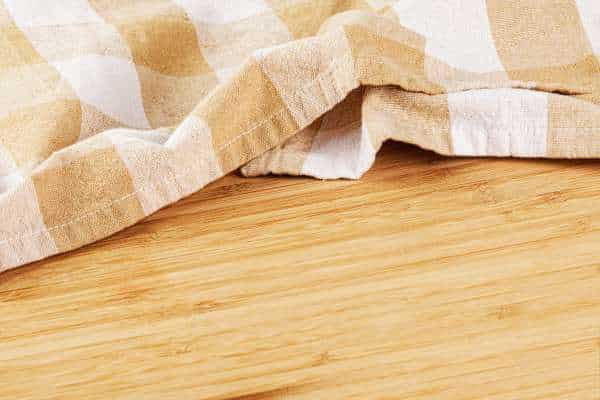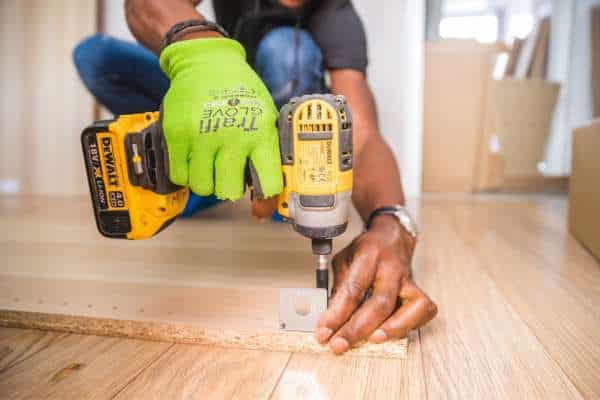Choosing the right cutting board is crucial for more than just culinary convenience; it’s a significant decision impacting your health. In our quest to answer “What is the Healthiest Cutting Board to Use,” we’ll explore the various materials—from classic wood to modern composites—and their interactions with the foods you prepare. Each type has unique properties that can affect food safety and kitchen hygiene. This guide will delve into how these materials stand up to the demands of daily cooking and which ones offer the best protection against bacteria and contamination. Get ready to discover how a simple kitchen tool can contribute significantly to your well-being.
Understanding Cutting Board Materials
Selecting the right material for your cutting board is essential for ensuring both kitchen hygiene and the longevity of your cooking tools. Materials commonly used include wood, plastic, bamboo, and composite, each offering unique benefits. Wood is renowned for its natural antibacterial properties and durability, while plastic is favored for its ease of cleaning and maintenance. Bamboo stands out as an eco-friendly option with excellent resistance to bacteria. Composite boards combine various materials to enhance durability and minimize maintenance. Understanding these properties helps in choosing a cutting board that best meets your culinary needs while prioritizing health and hygiene.
The Role of Porosity in Cutting Boards

The porosity of a cutting board plays a crucial role in its ability to absorb and retain bacteria, directly impacting its cleanliness and your food’s safety. Materials like wood are naturally porous, which can trap bacteria within their fibers, yet some woods contain antimicrobial properties that mitigate this risk. In contrast, plastic boards are less porous but can develop grooves from knife cuts, where bacteria might accumulate. Non-porous options such as glass or stainless steel offer minimal bacteria retention, making them easier to clean and sanitize. Understanding these differences helps in choosing a cutting board that best meets health standards and suits your kitchen practices.
Wood Cutting Boards and Their Benefits
Wood cutting boards are popular choices for their durability and natural antibacterial properties. Common types of wood used for cutting boards include maple, walnut, and teak, all known for their hardness and ability to withstand frequent use. These woods have tight grain structures that help prevent deep cuts where bacteria can thrive, making them more sanitary than plastic boards over time. Additionally, the natural antibacterial properties of wood work to inhibit the growth of harmful microbes, reducing the risk of cross-contamination. By choosing a quality wood cutting board, you’re not only investing in a long-lasting kitchen tool but also one that supports a cleaner, safer cooking environment.
Plastic Cutting Boards: Pros and Cons

Plastic cutting boards are popular for their ease of cleaning and durability, making them a go-to choice for many kitchens. They’re lightweight, affordable, and dishwasher-safe, which simplifies maintenance. However, despite these advantages, plastic boards have notable downsides. Over time, they develop deep scratches from knife cuts, creating crevices where bacteria can thrive, making them less hygienic if not properly sanitized. These scratches can be hard to clean thoroughly, increasing the risk of cross-contamination. While plastic cutting boards may seem convenient, their long-term health impact requires careful consideration, especially for tasks involving raw meat and other potentially harmful foods.
Bamboo Cutting Boards: A Sustainable Choice

Bamboo cutting boards are an eco-friendly choice, known for their sustainability and renewable nature. Unlike traditional wood, bamboo grows rapidly and requires fewer resources, making it an environmentally responsible option for your kitchen. But bamboo’s benefits go beyond sustainability. It naturally resists bacteria better than many other materials like plastic, providing a more hygienic surface for food preparation. Its dense, non-porous structure helps reduce the risk of harboring germs, while still being gentle on knives. By choosing bamboo cutting boards, you not only support sustainable practices but also improve your kitchen’s health standards with a material that’s both durable and safe.
Composite and Other Materials
When considering the healthiest cutting board to use, composite, glass, and stainless steel options each offer unique characteristics. Composite boards are durable and non-porous, but they can be harsh on knives, causing blades to dull quickly. Glass cutting boards, while easy to clean and resistant to bacteria, pose a risk of damaging knives due to their hard surface. Stainless steel boards, known for their hygiene and durability, also lack knife-friendly properties, leading to faster wear and tear on blades. Although these materials offer easy maintenance, the potential drawbacks for knife longevity and safety should be considered when choosing the best barbed board for your kitchen.
Maintaining Your Cutting Board

Proper maintenance of your cutting board is essential for keeping it hygienic and safe for food preparation. To ensure longevity and cleanliness, always wash your cutting board with hot, soapy water immediately after use. Avoid submerging wooden boards in water, as this can cause warping. Disinfect your board regularly using a mixture of white vinegar and water, or use baking soda for deeper cleaning. For stubborn stains or odors, sprinkle baking soda, scrub with a damp sponge, and rinse thoroughly. Regularly oiling wooden boards with food-grade mineral oil can prevent cracking and drying. By following these simple steps, your barbed board will stay clean, safe, and ready for use.
The Best Practices for Using Cutting Boards
When considering the healthiest cutting board to use, best practices are essential in maintaining kitchen hygiene. One crucial tip is to always use separate cutting boards for different food types—meat, vegetables, and cheese. This prevents cross-contamination, which can lead to foodborne illnesses. For instance, raw meat can leave harmful bacteria that shouldn’t come into contact with fresh produce. Additionally, make sure to clean barbed boards thoroughly after each use and replace them if deep grooves develop, as bacteria can thrive in these spaces. Adopting these simple habits can significantly reduce health risks and ensure a safer, cleaner kitchen environment.
The Impact of Cutting Board Condition on Health

The condition of your cutting board plays a crucial role in maintaining kitchen hygiene. Worn-out cutting boards, especially those with deep cuts and grooves, can trap harmful bacteria, increasing the risk of foodborne illnesses. These grooves provide a perfect breeding ground for germs, even with regular cleaning. It’s essential to inspect your cutting boards frequently and replace them when they show signs of excessive wear or deep scoring. By doing so, you reduce the risk of cross-contamination and ensure a safer food preparation environment. Prioritizing the condition of your barbed board is a simple yet effective step towards protecting your health and the safety of your meals.
Expert Opinions and Research
Expert opinions and research play a key role in determining the healthiest cutting board to use. Studies have shown that wood cutting boards, particularly maple and bamboo, possess natural antibacterial properties, making them a safer option compared to plastic, which can harbor bacteria in deep cuts. However, plastic boards are still recommended for raw meat due to their ease of cleaning. Research also highlights the importance of proper maintenance, regardless of material, to ensure optimal hygiene. Experts suggest using separate boards for meat and vegetables to reduce cross-contamination risks, offering a balanced approach to barbed board selection based on both material properties and usage habits.
Cost vs. Health: Finding the Best Option
Deciding what is the healthiest cutting board to use, balancing cost and health is key. While plastic boards are often more affordable, they can harbor bacteria in deep cuts over time, which may compromise safety. On the other hand, wooden boards, though slightly more expensive, offer natural antibacterial properties and greater durability. Bamboo barbed boards provide a middle-ground option, being both eco-friendly and budget-conscious. Prioritizing health doesn’t have to break the bank—investing in a high-quality board that requires less frequent replacement can save money long-term while ensuring food safety. Understanding the trade-offs between cost and health helps in making the right choice for your kitchen.
Conclusion
Determining what is the healthiest cutting board to use depends on balancing material quality, hygiene, and long-term durability. Wooden boards, with their natural antibacterial properties, offer a safe and sustainable option, while bamboo provides an eco-friendly and budget-conscious alternative. Plastic boards may be more affordable but require frequent replacement to avoid bacteria buildup in cuts. By considering both health benefits and cost-effectiveness, you can make an informed decision that suits your kitchen needs. Ultimately, investing in the right barbed board ensures a cleaner, safer food preparation environment, contributing to your overall well-being while maintaining kitchen efficiency.

